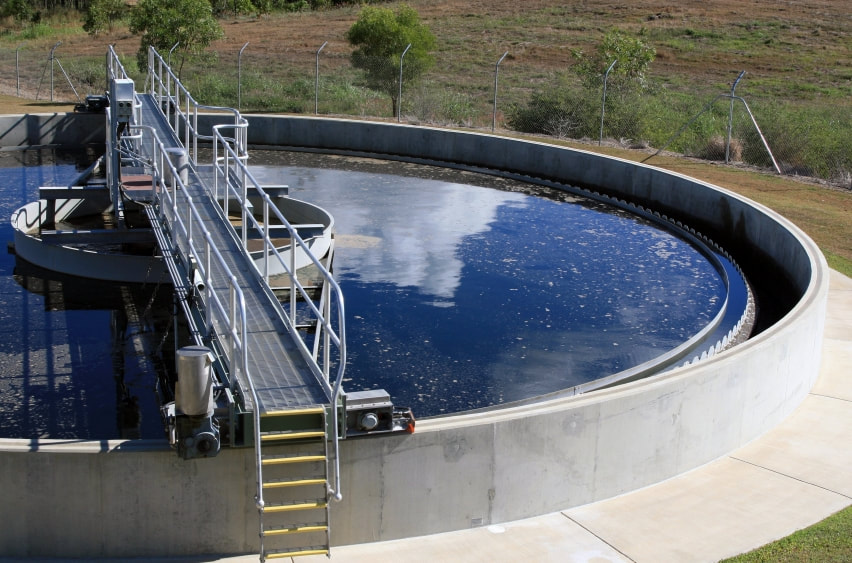For domestic wastewater BOD5, we usually use 0.5 - 0.6 grams biomass per gram BOD5 in the influent as the yield (Y). In this case biomass includes living cells, extra cellular polymers (EPS), and all substances in the floc (MLSS). As handling and disposing of biological solids is expensive, often we would like to lower yield or amount of wasted biosolids.
Potential ways to decrease solids yield:
- Increase sludge age (Lower F/M) - by increasing biological solids in the system, you are moving along the growth curve to endogenous respiration or decline phase growth. With very low F/M, cells consume adsorbed organics and extracellular materials. This is exactly what happens in an aerobic digester. Costs for running in extended aeration mode include more energy requirements for maintaining D.O. and clarifier solids capacity to handle the increased solids flux (more solids to clarifier).
- Fixed film or MBBR addition - The addition of biofilm technology to an activated sludge system works by increasing biological solids. The film part keeps the biological solids out of the secondary clarifier. You still need to budget for more oxygen requirements from added biomass in the aeration basin.
- Bioaugmentation - You often read about adding enzymes, micronutrients, or 'bugs' to a system and seeing reduced cell yield. This works in higher F/M conditions where adding microbes helps move along the growth curve. It also helps when influent components, such as FOG, create conditions where water and insoluble compounds build up in the MLSS resulting in larger volumes of solids (bacteria yield is actually the same but you have less water and EPS in the wasted solids).


 RSS Feed
RSS Feed